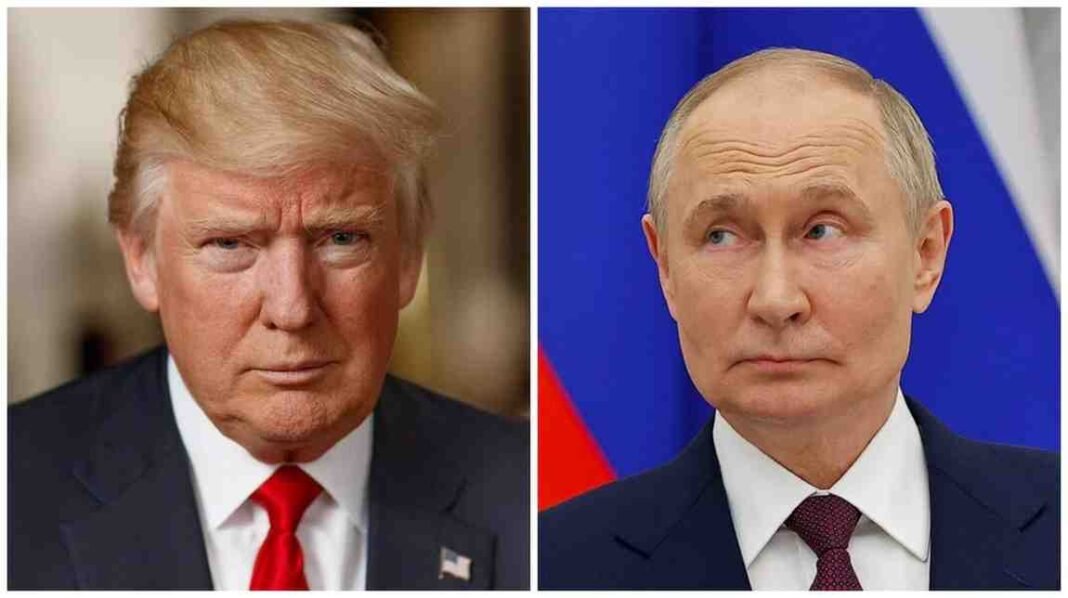US–Russia Broaden Energy Talks Amid Diplomatic Maneuvers
Energy Incentives in Ukraine Peace Diplomacy
During recent Ukraine peace negotiations, U.S. and Russian officials began discussing several energy deals designed as incentives to coax Moscow toward a peace agreement and prompt possible U.S. sanctions relief. Key proposals reportedly include the potential re-entry of Exxon Mobil into the Sakhalin-1 oil and gas project, sales of U.S. equipment for Russian LNG ventures like Arctic LNG-2, and even U.S. acquisitions of Russian nuclear-powered icebreaker vessels. These discussions occurred during U.S. envoy Steve Witkoff’s August visit to Moscow, meetings also involving President Trump and Russian President Vladimir Putin.
Pathways for Exxon’s Return to Sakhalin-1
A pivotal development came on August 15, 2025, when President Putin signed a decree potentially enabling foreign investors—including Exxon Mobil—to reclaim their stakes in Sakhalin-1. Re-entry is conditional upon aid in lifting Western sanctions, procurement of foreign-made equipment, and reinvestment in the project. Exxon had exited in 2022 after its assets were seized, recording a loss of approximately $4.6 billion.
Strategic Shaping of U.S.–Russia Relations
According to sources, “the White House really wanted to put out a headline after the Alaska summit, announcing a big investment deal… This is how Trump feels like he’s achieved something.
Today Energy cooperation is being positioned as a bilateral lever, circumventing traditional EU-led frameworks, even as broader sanctions remain intact.
Trump’s 50% Tariff Targeting India’s Oil Trade with Russia
Tariff Timeline and Rationale
President Trump recently doubled tariffs on Indian imports—from 25% to 50%—citing India’s continued procurement of Russian crude as justification. Half of the duties were enacted earlier in August, while the remainder took effect on Wednesday, August 27, 2025. A draft notice from the Department of Homeland Security reaffirmed the administration’s intention to enforce the stepped-up tariffs.
Impacts: India, U.S., and Russia
Reuters notes this split-level tariff is among Trump’s steepest, affecting more than half of India’s $87 billion in exports to the U.S. While Indian refiners benefit from discounted Russian oil—saving about $3.5 billion annually—the broader trade disruptions harm both New Delhi and Washington. Paradoxically, Russia gains from continued energy exports to India, though the move risks driving a wedge between the U.S. and India and may push New Delhi toward strategic partners like China and Brazil.
The Geopolitical Puzzle: Energy, Sanctions, and Strategic Moves
The convergence of tariff escalation against India and energy deal exploration with Russia represents a nuanced recalibration of global strategy. On one front, the U.S. is penalizing a major energy consumer for its Russian ties. On the other, it is offering economic incentives to Russia to forge a peace roadmap for Ukraine and potentially regain commercial energy ties—especially via Exxon’s strategic re-entry into Sakhalin-1.








